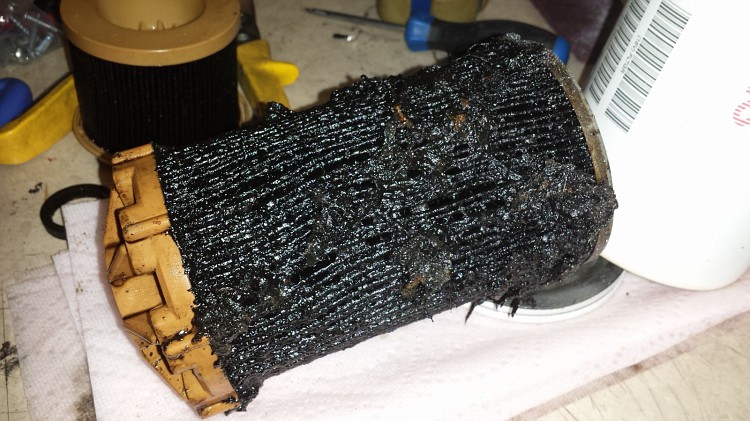I have a Cummins QSC 8.3 540 HO engine.
Filtration system is currently 2 Racors with 30 micron filters (only one Racor is used at a time--I can switch from one to the other but have never done so) which feeds into the 2 micron on engine filter.
I think that replumbing the system so one Racor has a 30 micron which feeds into a 10 micron filter (currently the never used spare 30 micron) and then goes to the 2 micron on engine filter would be better.
Any comments appreciated.
Thanks
Ken
Filtration system is currently 2 Racors with 30 micron filters (only one Racor is used at a time--I can switch from one to the other but have never done so) which feeds into the 2 micron on engine filter.
I think that replumbing the system so one Racor has a 30 micron which feeds into a 10 micron filter (currently the never used spare 30 micron) and then goes to the 2 micron on engine filter would be better.
Any comments appreciated.
Thanks
Ken





